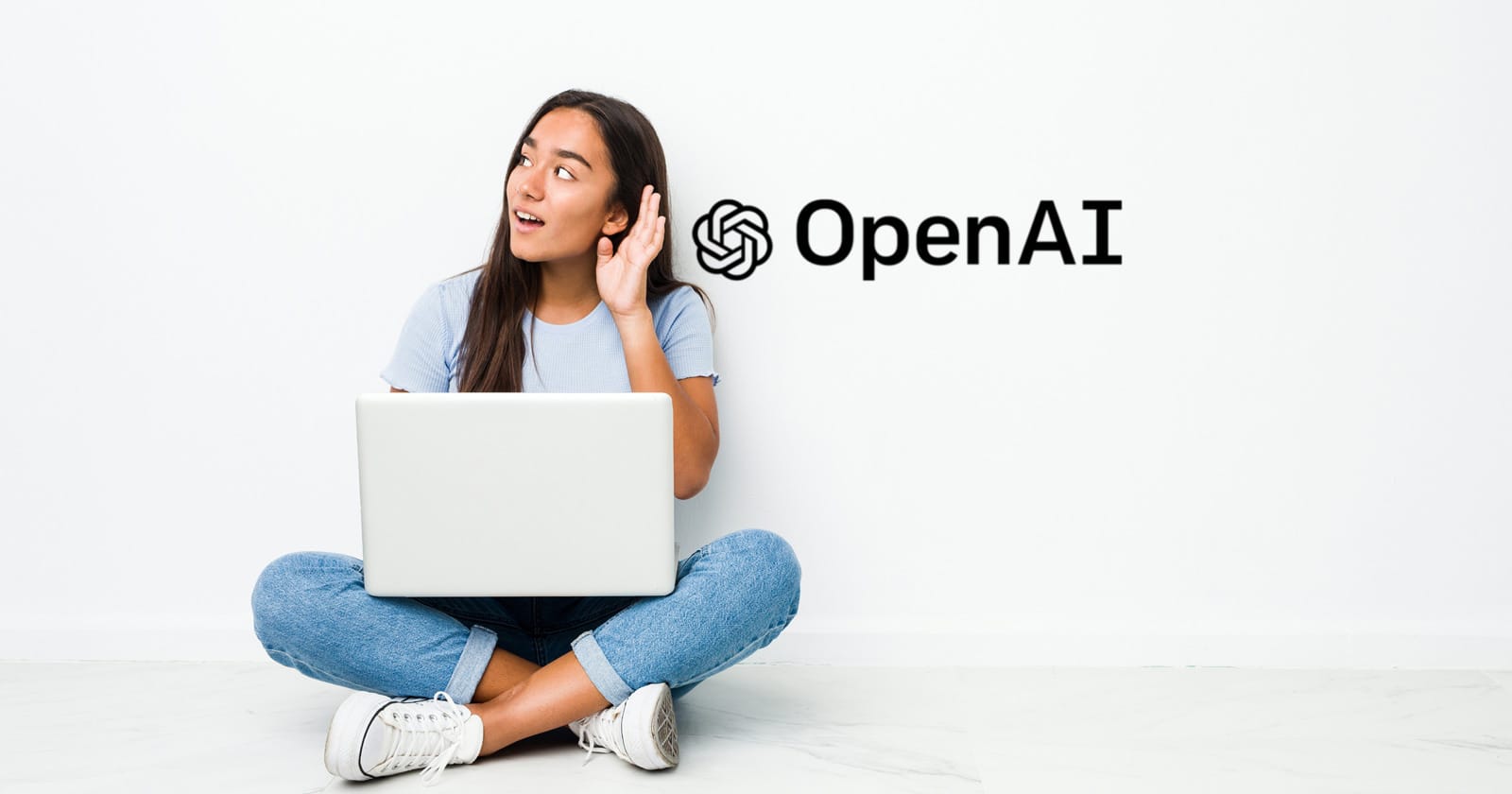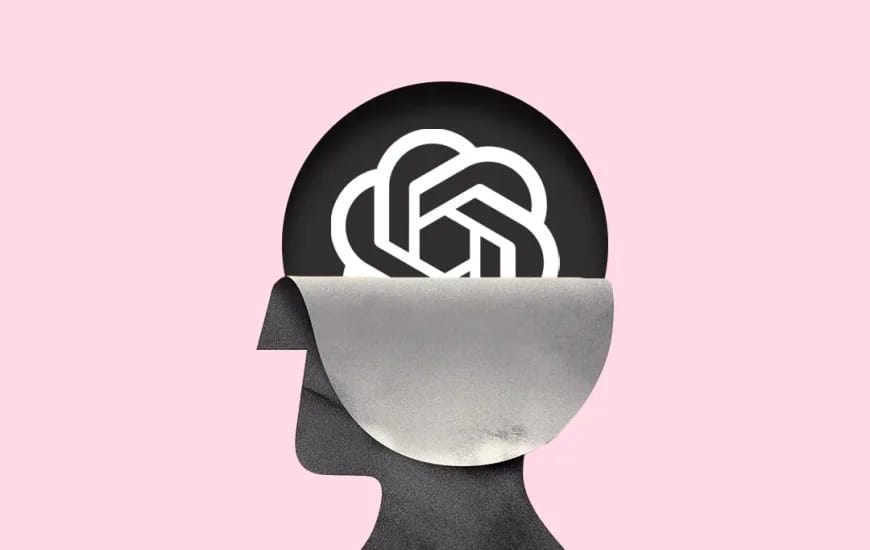ChatGPT's New Location Detection: AI Can Now Pinpoint Where Your Photos Were Taken
OpenAI’s latest AI models can now accurately determine a photo’s location using visual clues—raising both excitement for new possibilities and concerns about privacy.

Recently, OpenAI released its new AI models o3 and o4-mini, which have sparked a viral trend across social media platforms. These models, unveiled on April 16, 2025, don't just process images – they "think" with them, integrating visual information into their reasoning process with remarkable precision.
While OpenAI announced several advances with these models, one capability has particularly caught public attention: the ability to identify exactly where photos were taken, often with startling accuracy. This feature, dubbed "reverse location search" by users, allows ChatGPT to analyze an image and determine its geographic location without relying on metadata or previous conversations.
Unlike previous iterations, o3 and o4-mini examine images in much greater detail. The AI zooms into specific portions of photos, enlarges certain areas, and analyzes text elements like signs or menus. By recognizing building types, street signs, and other visual clues, the system can often pinpoint locations with precision that was previously impossible.

The technology works by analyzing environmental details within images – including vegetation patterns, architectural styles, languages on signs, road layouts, and even subtle elements like lighting conditions. What once required hours of manual investigation through tools like Google Earth can now be accomplished within seconds.
Users across platforms like X (formerly Twitter) have been testing these capabilities by uploading restaurant menus, local snapshots, building facades, and even selfies, challenging the AI to play a version of "GeoGuessr" – the popular game where players guess locations from Google Street View images.
Testing by various tech publications has shown mixed but often impressive results. In some cases, ChatGPT correctly identified specific restaurants, universities, and even residential areas based solely on visual clues like library book codes or architectural features. While not infallible, the accuracy has surprised many experts.
Interestingly, tests have revealed that the previous GPT-4o model sometimes achieves similar results, though o3 appears more consistent and transparent in its reasoning, showing users exactly how it reaches its conclusions.
This advancement raises significant privacy questions. The ability to determine someone's location from seemingly innocuous photos could potentially be misused to track individuals through their social media posts. OpenAI has acknowledged these concerns, stating they've implemented safeguards to reject requests for private information and prevent the identification of private individuals in images.
As this technology becomes more widespread, privacy experts recommend users be increasingly cautious about what images they share online. What might seem like a harmless vacation photo could now reveal far more information than intended.

